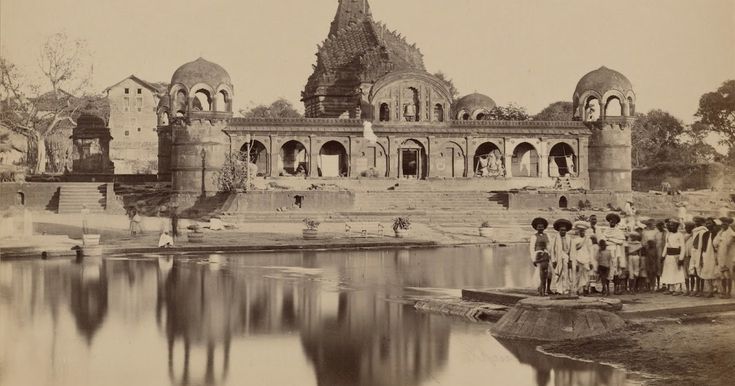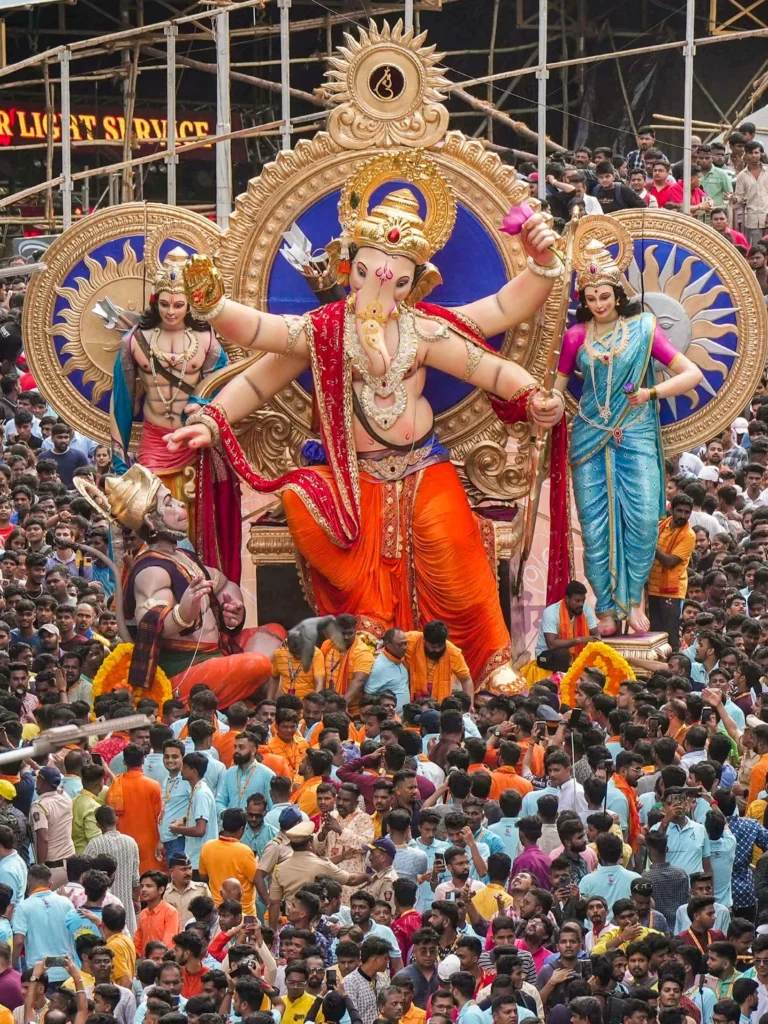Maharashtra: Culture and Tradition

Maharashtra is the third biggest state in India, a treasure archive of history, culture, and tradition. Famous for its varied landscapes, bustling cities, and well-set heritage, Maharashtra is one place you should not miss. Its capital, Mumbai, is the heart of the Indian film and entertainment industry, popularly known as Bollywood. Dadasaheb Phalke, father of Indian cinema, had sowed the seeds of this lively industry.
This state is not only about cinema and glamour. It’s a land of historical forts in Maharashtra, ancient monuments, and rivers that give it an ageless beauty. Marathi, the most prominent language here, has multiple dialects across the state, and thus the tone and way of speaking will change with every region such as Konkani, Malwani, Aagri, Koli, Etc.
History of Maharashtra
The Maharashtra area has its beginning from the third century, thus is one of the oldest regions in India. The Vakatakas, who were very bold, ruled the land and renamed this kingdom Dandakaranya, which means “the ruler of the forest.” Later on, the Yadavas took over, but their rule ended in 1296 when Ala-ud-din Khilji invaded, But only one king Ruled this state not only in history as king but also in present conquering the hearts of people who is known as Chatrapathi Shivaji Maharaj.

Maharashtra’s modern history saw a passionate struggle for statehood. The demand for a separate state for Marathi-speaking people, including Mumbai, led to protests. This resulted in the creation of Maharashtra State on May 1, 1960, now celebrated as Maharashtra Day.
Traditions of Maharashtra
The traditions of Maharashtra are divided into three major streams:
- Saint Tradition: Led by individuals such as Sant Tukaram and Sant Dnyaneshwar, with a concentration on spirituality.
- Folk tradition is expressed through music, dance, and local rituals such as Nagpanchami songs and Dhol Tasha performances.
- The reformist tradition was promoted by figures such as Mahatma Jyotirao Phule and Dr. B.R. Ambedkar, who advocated for social equality.
These streams help to define Maharashtra’s character as a land of cultural and socioeconomic diversity.
Culture of Maharashtra

The culture and tradition of Maharashtra reflects ancient heritage and modern vibrancy. Festivals are an important part of life in this area, as they promote community unity.
- Ganesh Chaturthi in Maharashtra: Ten days of this celebration include amazing processions, cultural activities, and religious rites.
- Other Festivals: Gudi Padwa, Diwali, Holi, Dussehra, and Navratri are popular festivals that are widely observed. In addition to this, there are a few regional festivals, such as Narli Pournima.
- Folk Traditions: Lavani dance in Maharashtra and Mangala Gauri songs are important components of the local culture.
Costumes of Maharashtra
Traditional Maharashtrian costumes are elegant and simple:
For Women:
The Nauvari saree, nine-yard saree, styled like a dhoti is a cultural icon.
The Paithani saree with intricate designs and long pallu is worn during festivals and weddings.
For Men:
The dhoti and kurta or chola form the traditional attire.
These are very common Maharashtra traditional outfits which are worn by most of the people on different occasions and festivals which define the culture of Maharashtra.
Cuisine of Maharashtra

The cuisine of Maharashtra is popular because of its strong flavors and the variety, defining the culture of Maharashtra:
Authentic Dishes: Vada Pav, Misal Pav, Puran Poli, Bhakri, and Shrikhand.
Coastal Cuisine: Malvani of the Konkan region is very famous for its seafood recipes.
Modaks on Ganesh Chaturthi and Puran Poli during Holi add some more festive food traditions of Maharashtra. The use of steam for vegetables gives the health conscious approach of traditional food from Maharashtrian cuisine.
Music and Dance of Maharashtra
The music and dances of Maharashtra are highly traditional in its folk heritage:
Lavani Dance: Lavani dance is the most vibrant with dholak beats, along with expressive storytelling.
Folk Songs:
Mangala Gauri songs at weddings.
Nagpanchami songs on snake-worship festival days.
Fishermen songs, tribal music like Dhol Tasha during processions
The Lavani of Maharashtra has contributed significantly to folk theatre in Marathi: enriching the culture in Maharashtra.

Famous Places for Tourists in Maharashtra
Maharashtra abounds with tourist destinations:
Sacred Sites:
Nashik Sacred Kumbh Mela and temples
Mumbadevi Temple at Mumbai: a place of great faith and devotion.
Sea Coast:
Stretching 530 km on the Arabian Sea, this state is home to the most beautiful beaches in India.
Historical Forts of Maharashtra:
With more than 350 forts, including Shivaji Maharaj’s fortifications, the state provides an abode for lovers of history.
These world-famous tourist attractions of Maharashtra make it a melting pot and exciting destination.
Conclusion
Maharashtra very nicely merges tradition and modernity. From its ancient history to the colorful festival celebrations, mouth-watering food to traditional Maharashtrian attire, the state offers experiences that are just amazing.
Knowledge of Marathi, the official language of the state, can prove beneficial during your visit. If you are interested, platforms like Hindustani Tongue offer courses in Marathi and other Indian languages.
Explore Maharashtra – a state promising memories for a lifetime!


Comments are closed.